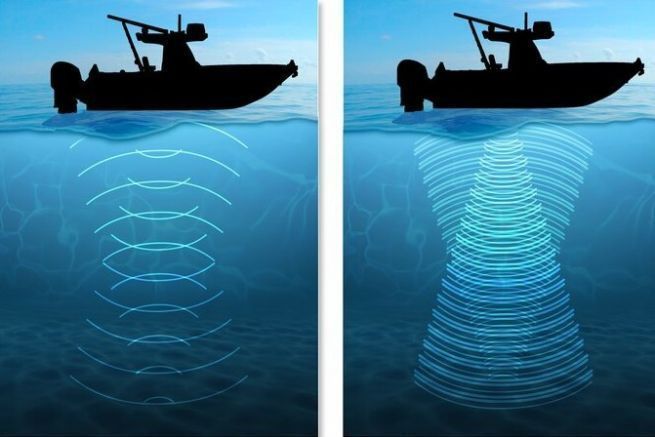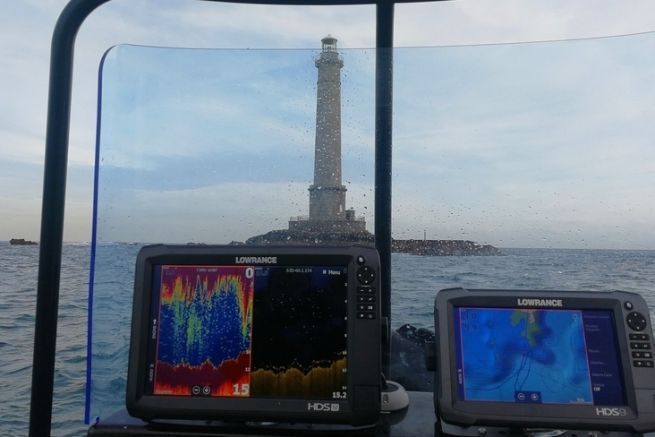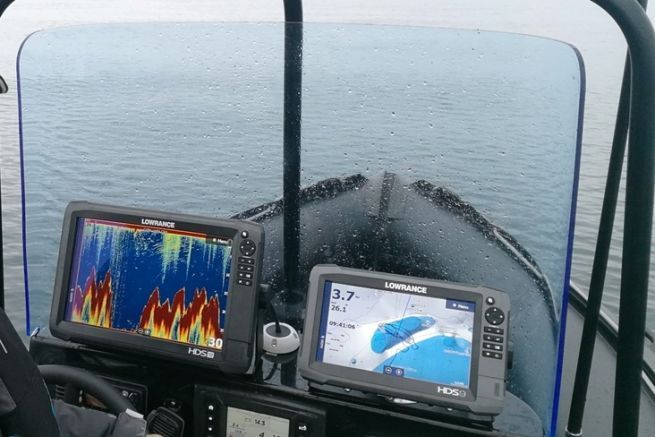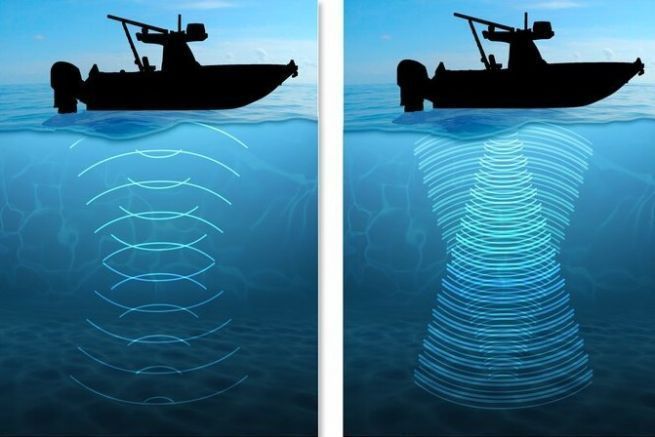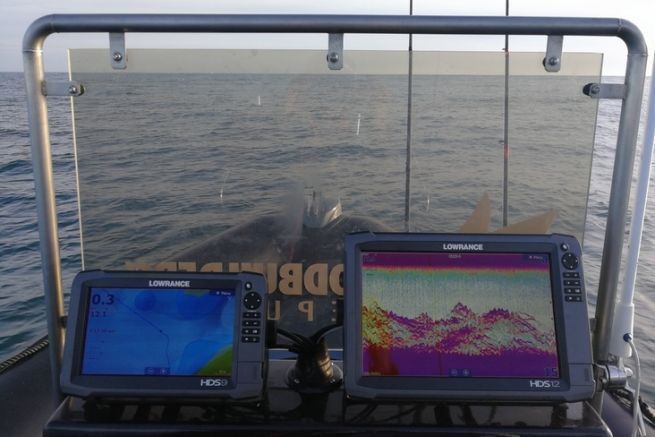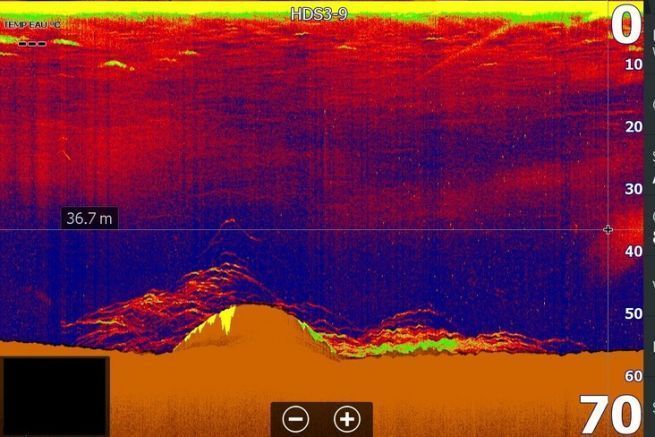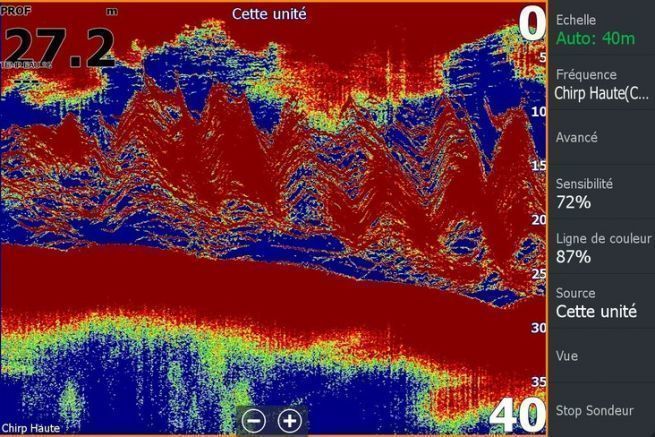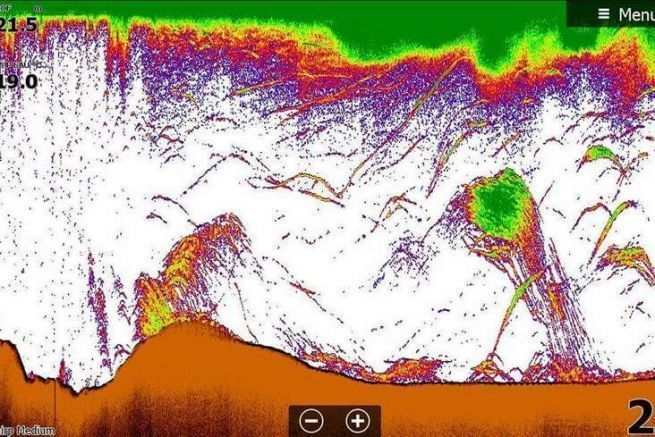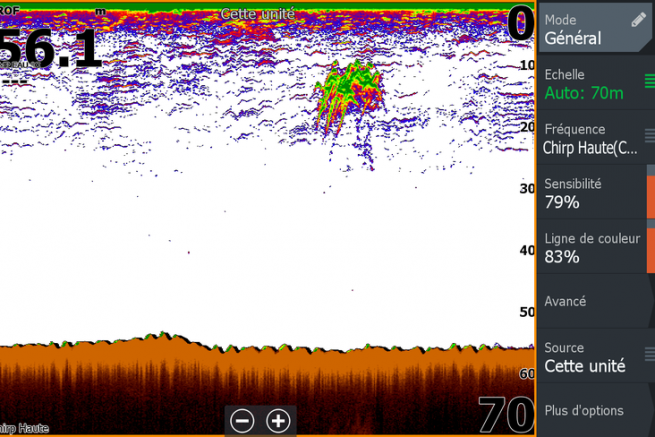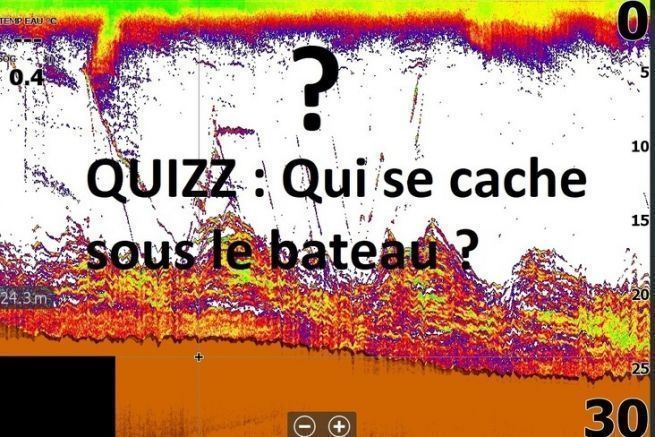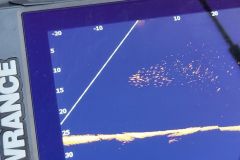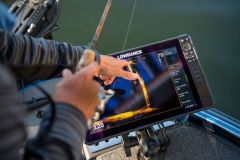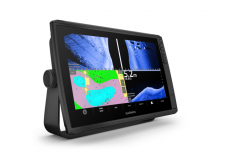CHIRP (Compressed High-Intensity Radiated Pulse) is a technology that appeared on fishing fishfinders a few years ago and is now available at the entry level and accessible to all anglers who want it.
This is an evolution of the 2D technique that I won't go into in detail. It was presented to you in the article dealing with the different technologies available on the sounders HERE .
The operation of CHIRP remains a 2D technique. The difference in operation lies in the sonar pulse. If the classical technology emits a wave on a single fixed frequency, the CHIRP emits a longer signal on a range of frequencies that is defined according to the probe.
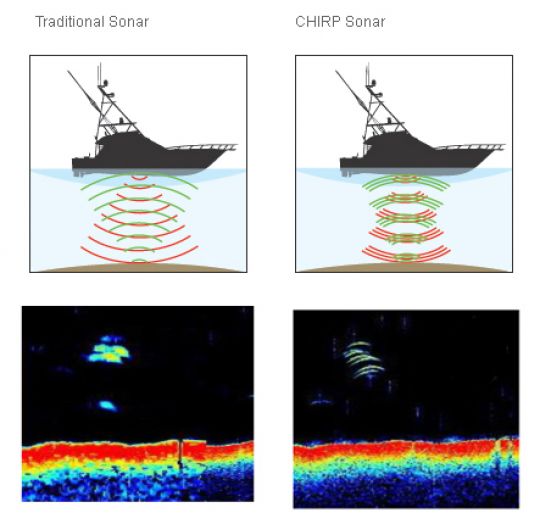
Example for Airmar probes:
- Low ‚euros frequency from 40 kHz to 75 kHz.
- Medium - Frequency from 80 kHz to 130 kHz.
- High frequency from 130 kHz to 210 kHz.
The scanning is continuous so that the information transmitted is more numerous than with a classic 2D probe.
Optimized rendering
The CHIRP sonar system analyzes each echo received on the different frequencies and provides a single image of the compiled information. The rendering is optimized, the echoes are better discriminated, that is to say that on a traditional technology, you will have a large echo indicating a school of fish without knowing if there are 2 or 3, with the CHIRP you can determine the number.
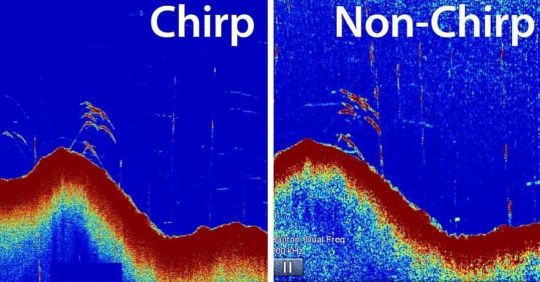
On this detection, the CHIRP rendering is much sharper. There is less noise in the water column because of the processing done by the sonar module.
The quality of the material is essential
We will not hide it, a REAL CHIRP installation is expensive. The reference in this field remains Airmar, the market leader.
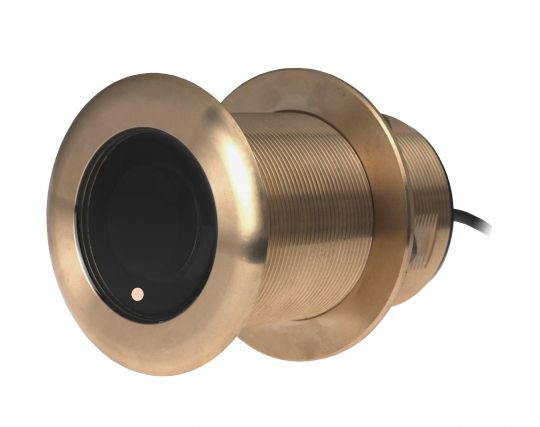
The entry-level CHIRP hardware uses software processing that degrades the efficiency of noise filtering. Conversely, the so-called high-end CHIRP uses hardware/electronic processing with a much higher computing power and necessarily a higher cost.
In concrete terms, if you want a real CHIRP installation, you'll have to pay the price. Some equipments offer CHIRP from the entry level but with an inferior rendering.
Benefits of CHIRP
- Sharper image.
- better definition.
- Better discrimination / separation of echoes.
- Greater depth of use.
- Noise reduction.

 /
/ 